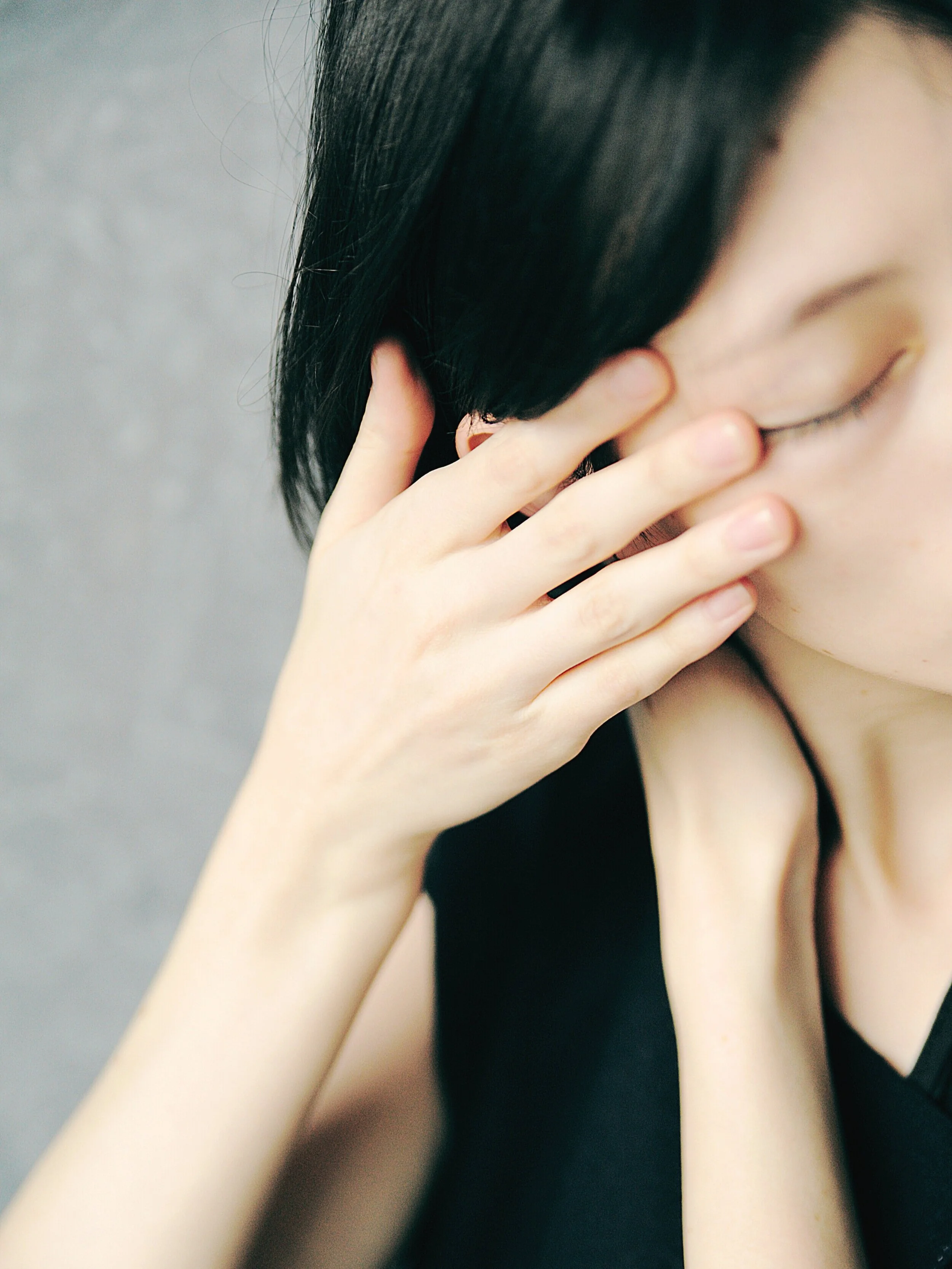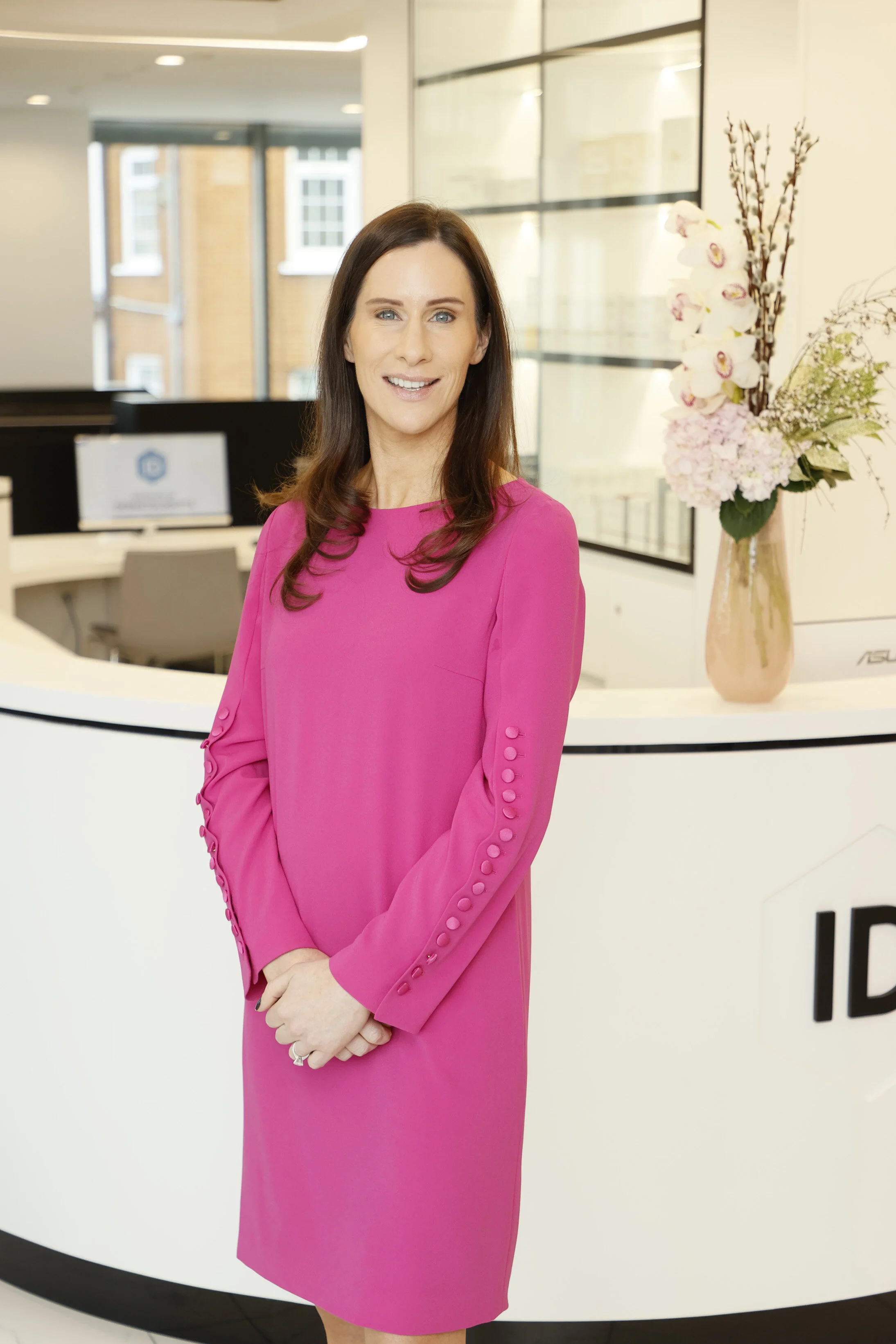Midlife & The Ageing Process
As we go further into our midlife, our skin goes through many facets of change. In our forties and fifties, Perimenopause and then Menopause are the two things that can cause visible difference to the skin’s overall texture and appearance. What exactly happens during this process and what we can do to help (if we don’t want to go down the injectables route) is something we asked Dermatologist, Dr. Caitriona Ryan.
Below, she details what changes we can expect during this process.
what is happening in our 40’s
Perimenopause is the 8-10-year period before menopause which typically begins in the early 40s but can occur earlier. Perimenopause is marked by a decrease in oestrogen and associated symptoms but menstruation is still occurring.
what is happening in our 50’s?
Menopause (once a woman has stopped menstruating for a full year) typically occurs in the early 50s when there is a more pronounced drop off in oestrogen levels. This accelerates the skin-related changes of oestrogen deficiency.
What are the main skincare concerns in menopause?
Dropping oestrogen levels and the hormonal changes of menopause affect almost all aspects of women’s health, including a variety of unwelcome skin changes, ranging from accelerated ageing and dry, itchy skin, to acne, flushing, hyperpigmentation, impaired wound healing and hair loss. This can cause a considerable further impact to the already significant psychological burden of menopause.
Accelerated ageing
With the onset of menopause, there is a rapid decline in collagen production, with a 30% reduction in the collagen content of skin during the first five years of menopause. After this, the decline is more gradual, with approximately 2% loss of skin collagen every year for the next 20 years. There is also a substantial decrease in glycosaminoglycan (GAG) levels within the skin, molecules that help to draw water into the dermis and keep the skin hydrated, and in elastin production.
This reduction in collagen and the structural components of the dermis leads to skin laxity and wrinkles which can be very prominent around the eyes, jawline, jowls and neck. This is compounded by the loss of bone density in the cheekbones, jaw and temples, loss of subcutaneous fat and other soft tissues with a resultant loss of facial volume and shifting of the fat pads beneath the surface of the skin.
Dry, thinned skin
Dry, itchy skin is one of the most common skin issues reported by menopausal women. This is due to the decrease in glycosaminoglycan and sebum production, reduced cell turnover, diminished barrier function and reduced water retention. Thin skin with reduced collagen bruises and tears more easily, with delayed wound healing.
Pigmentary changes
Irregular pigmentation and age spots become more prominent because the skin becomes thinner with melanin accumulation in areas of chronic sun exposure such as the face, chest, hands and arms.
Changes in hair distribution
While female-pattern hair loss can affect women of all ages, this accelerates in the perimenopausal period. At the age of 60, over 55% of women have thinning of the hair on their head. The first sign may be a widening parting while some women find that their hairline starts to recede. Unfortunately, the opposite is true of facial hair. As levels of female hormones fall, thick coarse hair may appear on the chin, jawline or above the lip.
Acne
Even women who didn’t have acne as a teenager may break out with hormonal acne in the perimenopausal period with the activity of unopposed androgens with reducing oestrogen levels. This can continue well into the 60s and sometimes 70s.
Night sweats & flushing
Night sweats and flushing are two of the most bothersome vasomotor symptoms of pregnancy. As many as 80% of women experience night sweats and flushing. Flushing generally occurs on the face, neck, chest, palms and soles and is linked to the effects of oestrogen deficiency on the skin’s microcirculation.
Dr. Caitriona Ryan at instituteofdermatologists.ie
How do we combat the effects of menopause and perimenopause?
There are several approaches to counteract the effects of oestrogen deficiency and ageing. A healthy lifestyle can really help push back the hands of time. It is important to avoid UV damage, smoking and pollution, to maintain a healthy, balanced and protein-rich diet and to exercise regularly. A skincare regimen composed of scientifically-proven products can combat the changes of skin texture, tightness and tone seen with menopause.
If we were going to make one skincare commitment in midlife, what would it be?
A zinc-containing, tinted sunscreen every day – this is likely the least expensive and most effective product you can use as your skin ages. Physical sunscreens containing Zinc are best as they block UVA more efficiently which is the major culprit in causing photo-ageing and pigmentation and they are much better for those with rosacea or sensitive skin, were chemical sunblocks can cause flares or irritation.
For those who suffer from abnormal pigmentation, using a tinted physical sunblock can give additional benefit as the Iron oxide helps to block out possible effects of visible light from computer screens and indoor lights.
What are your go-to solutions for caring for your skin?
join the conversation
share and comment below, we’d love to hear your thoughts…

















